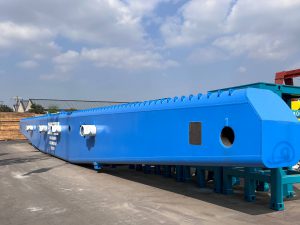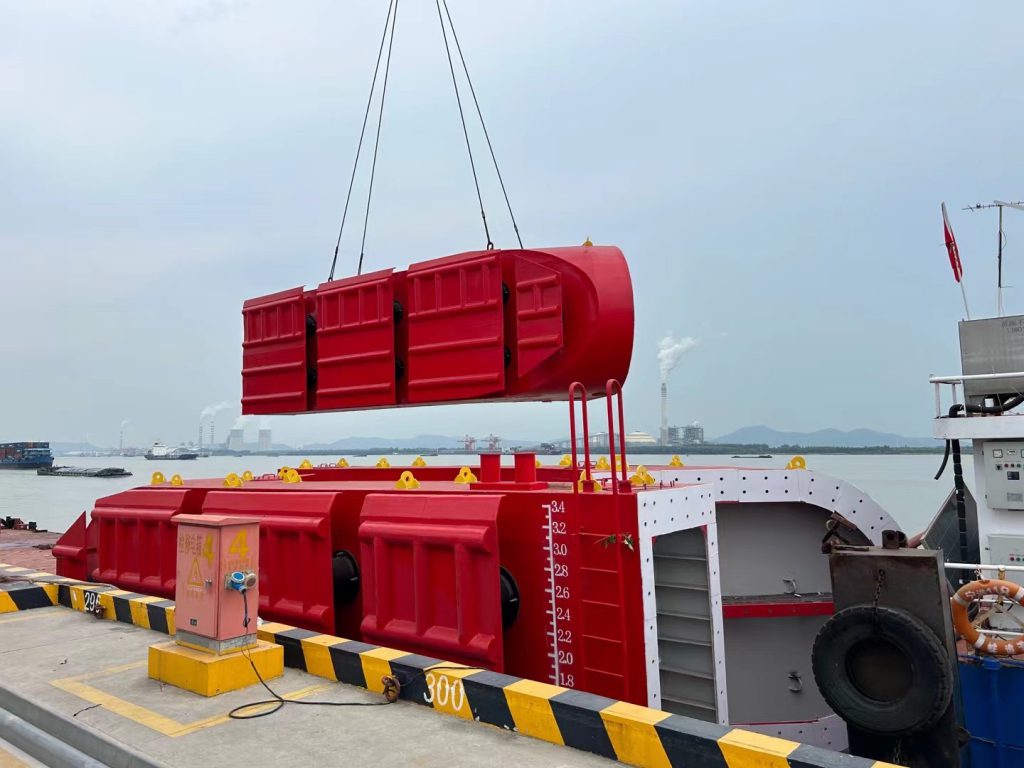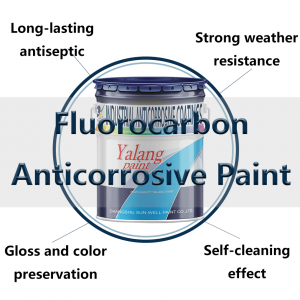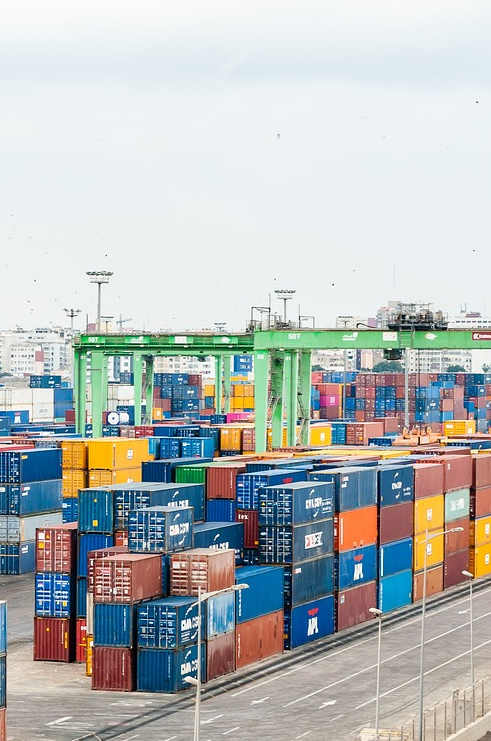
Corrosion Protection Master: How to Choose the Right Epoxy Primer for You?
In the realm of corrosion protection, epoxy primers are renowned for their robust anti-corrosion and rust-prevention properties, earning them the

Fluorocarbon paint, known for its high-quality anti-corrosion properties, has seen widespread use and development in recent years, with its application areas continually expanding. For manufacturers of fluorocarbon paint, continuous innovation and improvement in production technology are essential to securing a place in the increasingly competitive paint market. However, unexpected issues may arise during the coating process. How should we address these problems?

Causes:
(1)he evaporation rate of the thinner is too fast or the thinner’s solvency is inadequate.
(2)Excessive high-boiling-point solvents in the thinner (during winter).
(3)Poor atomization during spraying or the spray gun is too close to the substrate, leading to uneven coverage and visible application marks.
Solutions:
(1)Mix the paint thoroughly.
(2)Increase the number of application coats.
(3)Use a slow-drying thinner.
(4)Reduce the air flow of the spray gun.
(5)Adjust the thinner mixture and pay attention to the spraying technique.
Cause:
The paint’s viscosity is too low, causing it to not adhere properly to the surface.
Solution:
Reduce the thickness of each spray application or adjust the amount of thinner used.
Cause:
High viscosity, rapid evaporation of the thinner, and a high air flow rate with low paint output from the spray gun.
Solutions:
(1)Reduce the viscosity of the paint.
(2)Adjust the composition of the thinner or use a slow-drying thinner.
(3)Adjust the paint output and air flow rate of the spray gun.
Causes:
(1)The base coat is not fully dry, and the topcoat is applied too early.
(2)The base coat and topcoat are incompatible, causing the base coat to be dissolved or swollen by the solvents in the topcoat.
(3)The interval between coats is too short.
Solutions:
(1)Wait until the base coat is completely dry before applying the topcoat.
(2)Use compatible base and topcoat products.
(3)Ensure the correct interval between coats.
Cause:
Applying the fluorocarbon paint too thickly, resulting in a dry surface while the thinner in the underlying layers has not fully evaporated. Air trapped in the coating during spraying cannot escape with the solvent, causing blistering.
Solution:
(1)Ensure the moisture content of the substrate meets the standards.
(2)Avoid applying the coating too thickly in one go.
(3)Remove any blistered coating thoroughly, apply filler as needed, and repaint.

Note: The above content is compiled from online sources. If there are any copyright infringements, please contact us for removal!

As the source manufacturer, Jiangsu Zhongke Sunwell Technology Co, Ltd. have spent 30 years doing a good job in every barrel of paint, and providing industry supporting solutions for free.
Have questions?Reach out to us, and we will provide you with a perfect solution.

In the realm of corrosion protection, epoxy primers are renowned for their robust anti-corrosion and rust-prevention properties, earning them the

As a member of the epoxy paint family, it is one of the most familiar epoxy products, which is widely

Look closely at the three major types of fluorocarbon coating on the market! Fluorocarbon paint generally refers to fluorocarbon paint,


2024 © YaLang All Rights Reserved

Download our catalog to check all of our products and data sheet, select the right coatings for your projects.